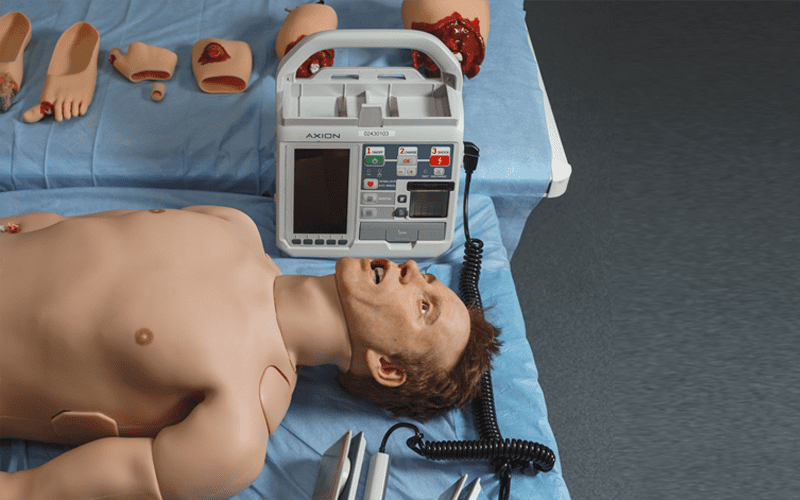Advancing Medical Education with Cutting-Edge Simulators
Medical education in India has undergone a revolutionary transformation, thanks to technological advancements. One of the most significant innovations is the Anatomy Table , a state-of-the-art digital dissection system that enhances the learning experience for medical students and professionals. Alongside anatomy tables, simulators such as the Bowel Sound Simulator , Lung Simulator , and Baby Lung Simulator have become crucial tools in medical training, offering a realistic and hands-on approach to understanding human physiology. The Evolution of Medical Learning with Anatomy Tables Traditional cadaver-based dissections have long been the foundation of anatomy education. However, access to cadavers is often limited due to ethical, logistical, and financial constraints. The Anatomy Table bridges this gap by offering an interactive, 3D representation of the human body. These high-tech tables allow medical students to explore anatomical...

